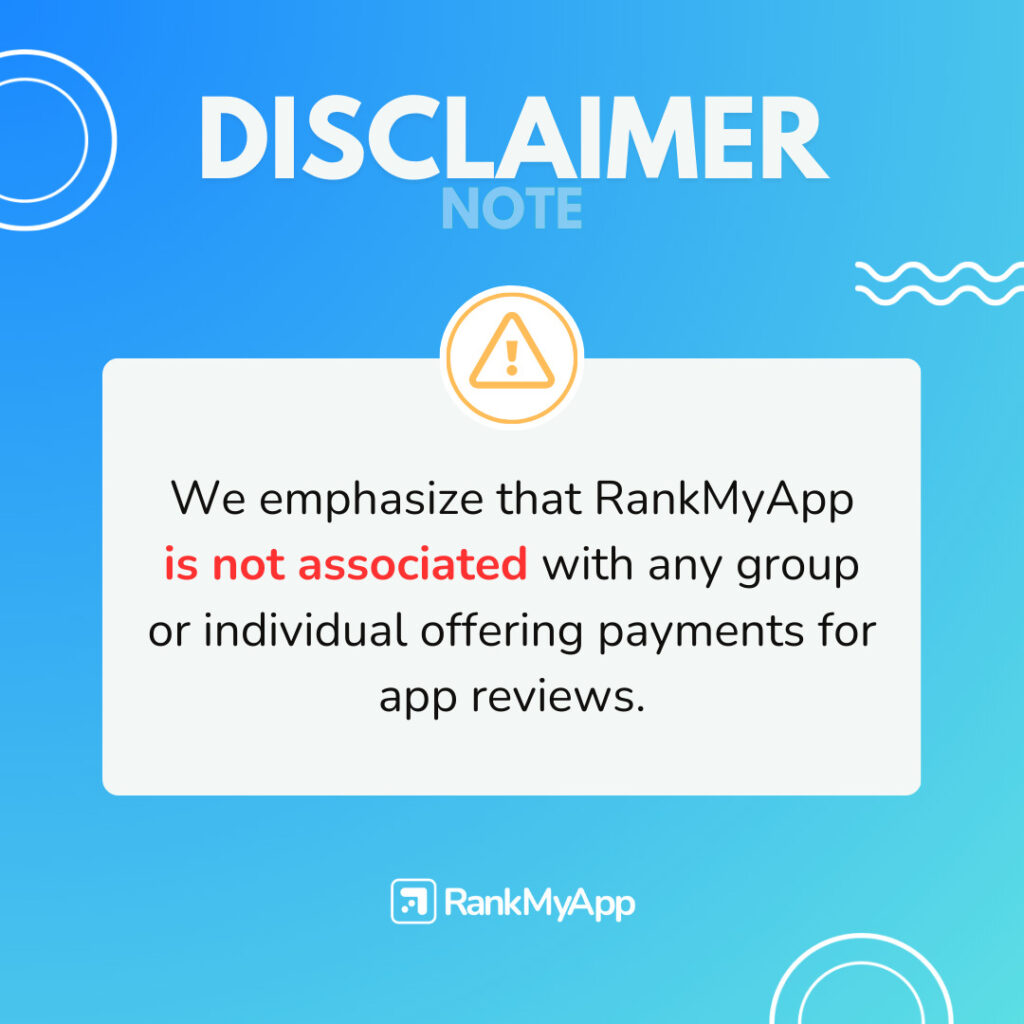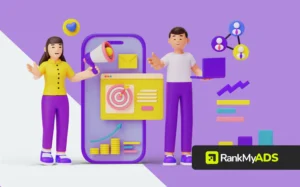Your app’s ratings are like a digital shop window: they can attract or alienate potential users at a glance. When was the last time you downloaded an app without checking its rating?
For most users, ratings are an essential reference, especially with the vast options available. For companies, ratings are more than just a number: they represent the user experience and are a tangible measure of success.
If an app maintains a high rating, it stands out from the crowd, inspires confidence and increases its chances of being recommended. But when the rating drops, the consequences can be serious – downloads decrease, visibility in app stores is affected and the brand’s reputation is compromised.
In this article, we’ll explore the effect that app ratings can have on an app’s overall performance, both positive and negative. We’ll cover strategies for improving your ratings and how they influence positioning in the stores. If you’re looking for practical insights to boost your app’s success, read on.
How ratings influence your app’s visibility in stores
App stores, such as Google Play and the Apple App Store, use complex algorithms to decide which apps should be given more prominence. One of the main criteria considered is the rating. Apps with higher ratings tend to appear in the top positions of searches, which significantly increases their chances of being discovered by new users.
Well-rated apps are recommended more often, both in popular categories and in recommendation lists. This means that a good rating not only increases user confidence, but can also boost your app organically. In contrast, low ratings cause your app to fall in the rankings and lose visibility.

The impact of ratings on the download decision
Picture the scene: a user is browsing the app store and comes across two similar options. The first has 4.5 stars, the other 2.9. The difference in ratings directly affects the user’s choice.
Studies show that 79% of consumers check the rating before downloading an app. If your app has a good rating, it conveys reliability and attracts more downloads. However, a low rating is a red flag for many, who prefer not to take risks, resulting in lost opportunities.
In addition to the number of stars, the comments associated with ratings provide valuable insights. They show the quality perceived by the user and help potential new consumers understand what to expect.
Apps that engage with user feedback, responding to criticism and fixing problems quickly, tend to improve their ratings over time. This interaction also humanizes the brand and creates a stronger connection with the public.
The ripple effect: How low ratings can generate even more negative reviews
One of the biggest pitfalls of low ratings is the so-called “ripple effect”. When an app starts to accumulate bad ratings, the next users who try the app are already predisposed to be more critical, potentially generating even more negative reviews.
This creates a cycle that is difficult to reverse. A classic example is the case of apps that have experienced technical problems with updates, leading to a flood of one-star reviews, even after the problem has been resolved. The key here is to act quickly to mitigate these effects and improve the user experience.
Dissatisfied users often turn to reviews to express their frustrations. However, an effective customer support team can turn a negative experience into a positive review.

Quick responses and efficient solutions are valued by users, who often return to update their review after having a problem resolved. Establishing a direct communication channel with the user, either within the app or by email, can help prevent negative feedback from impacting your ratings publicly.
Every time you release a new update, there is an opportunity to improve – or damage – your ratings. Poorly executed releases, with bugs and glitches, can lead to a wave of negative evaluations. That’s why thoroughly testing new versions and fixing bugs quickly are crucial.
When you release updates with visible improvements, you can even kindly ask users to leave new reviews, highlighting the app’s advances and improvements.
How to monitor and analyze ratings to improve your app
Constant analysis of ratings and associated feedback is a gold mine for identifying recurring problems and opportunities for improvement. Use these evaluations to adjust functionalities, fix bugs and even introduce new features that meet users’ needs.
Rating monitoring tools help centralize this information and facilitate trend analysis, allowing you to be more proactive in managing your app.
Want to turn feedback into valuable insights? Discover RankMyApp’s Reviews Intelligence, a powerful solution that helps you monitor, analyze and optimize your ratings and reviews, boosting your app’s performance. Find out more here!
Ratings can be a game changer for your app’s success. From increasing visibility to directly impacting download decisions, they are a key part of any app’s marketing strategy. Managing your ratings strategically requires attention to customer support, product quality and engagement with your users.
RankMyApp can be your ally in this process, offering complete solutions for monitoring and improving your app’s performance in the stores. Don’t let negative ratings affect your app’s potential – contact us and find out how we can help turn your ratings into a powerful growth tool.
Want to improve your app’s ratings and boost your success? Talk to RankMyApp now and find out how to boost your app in the stores!





